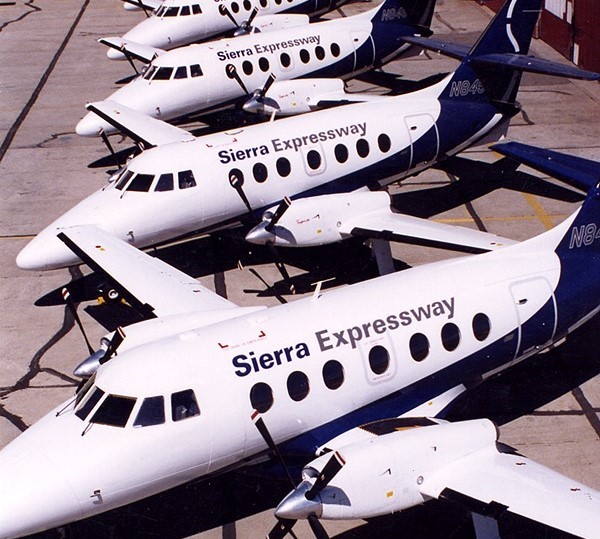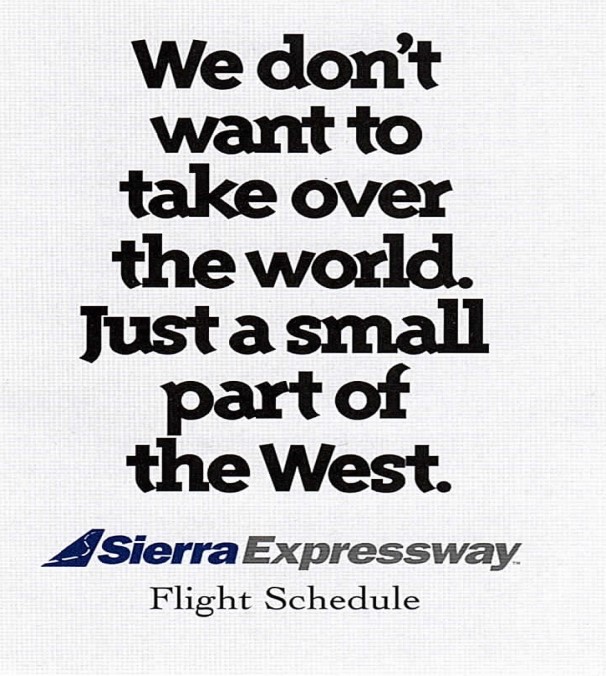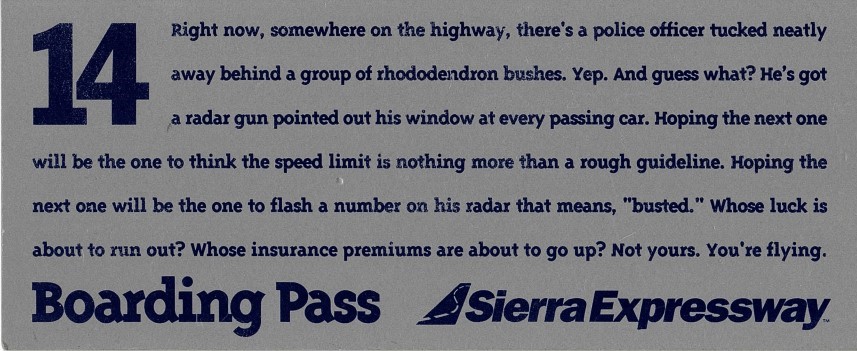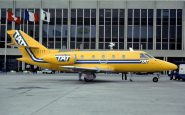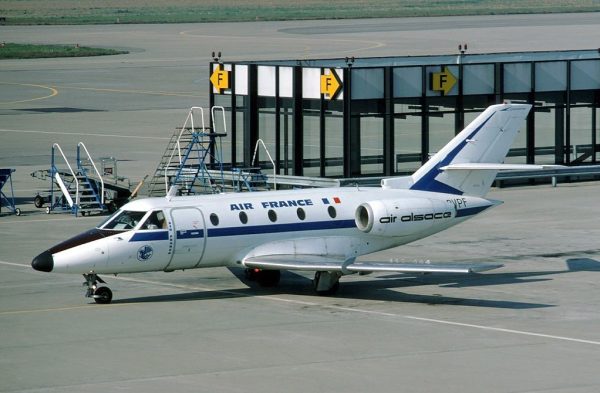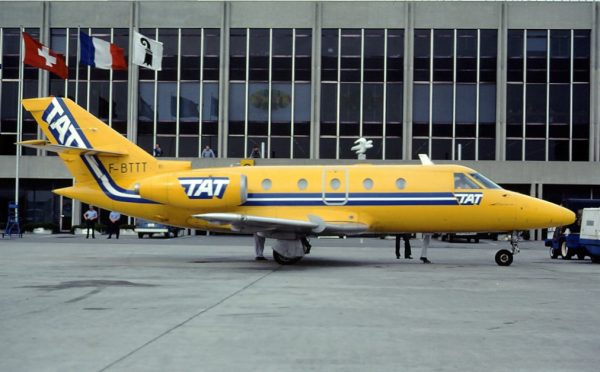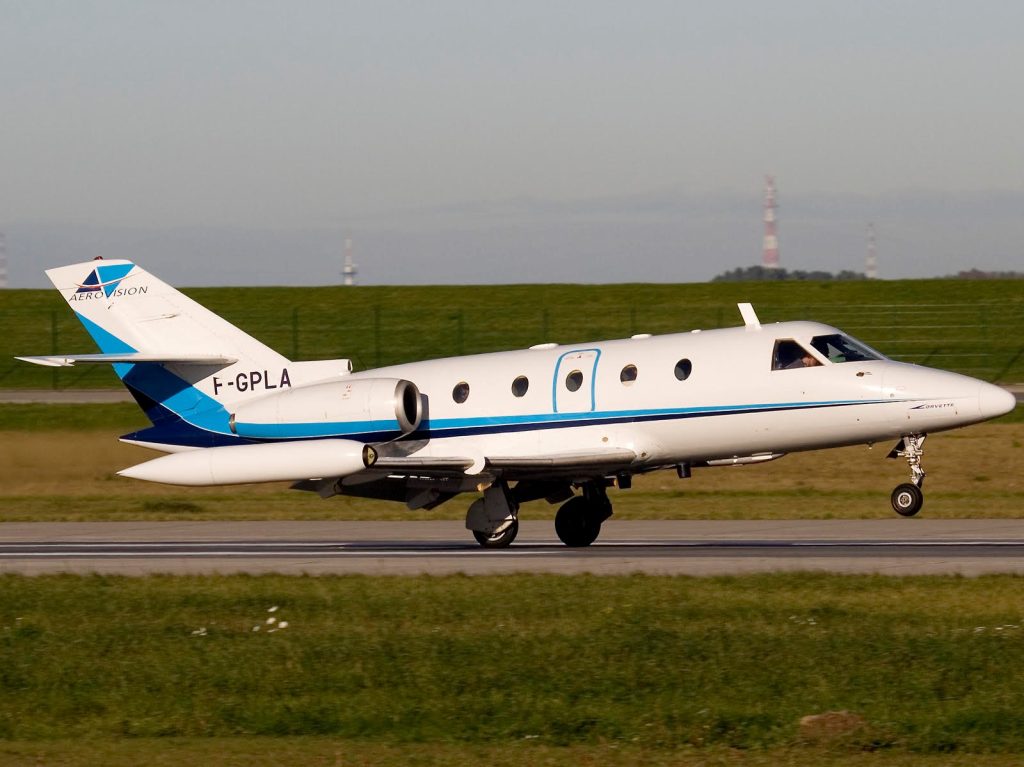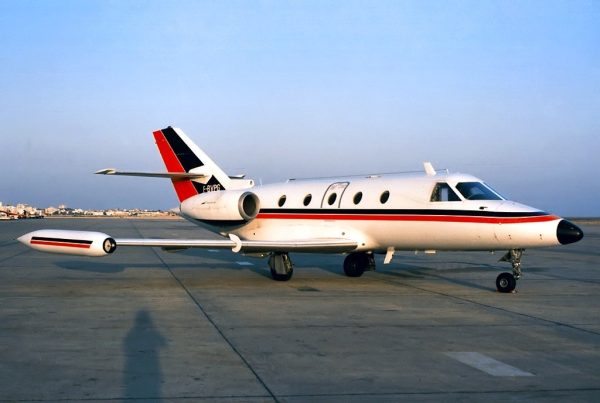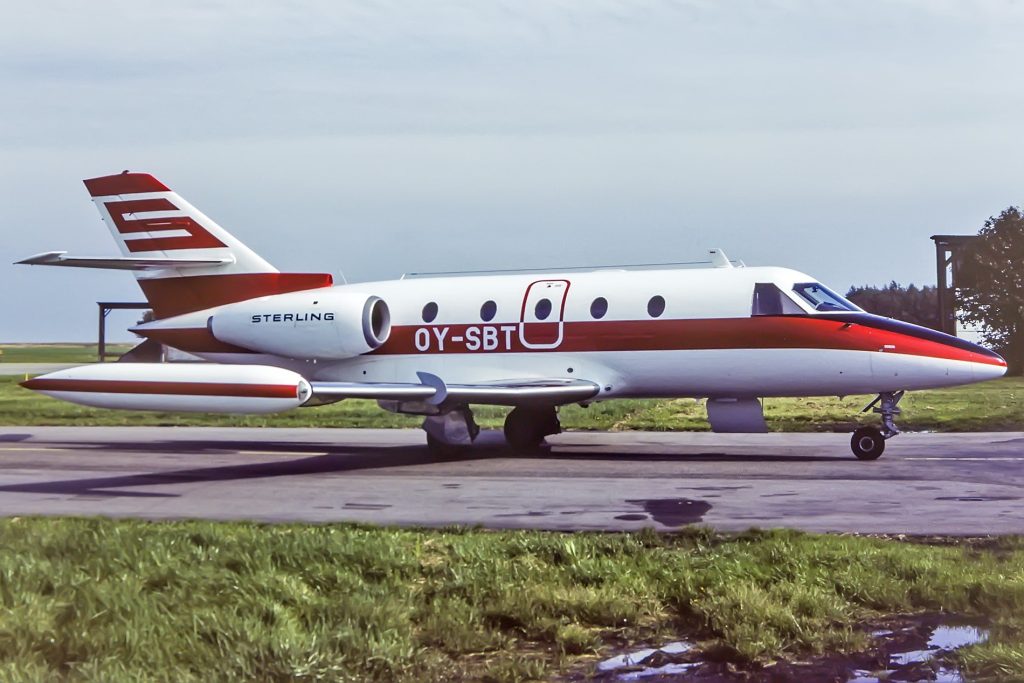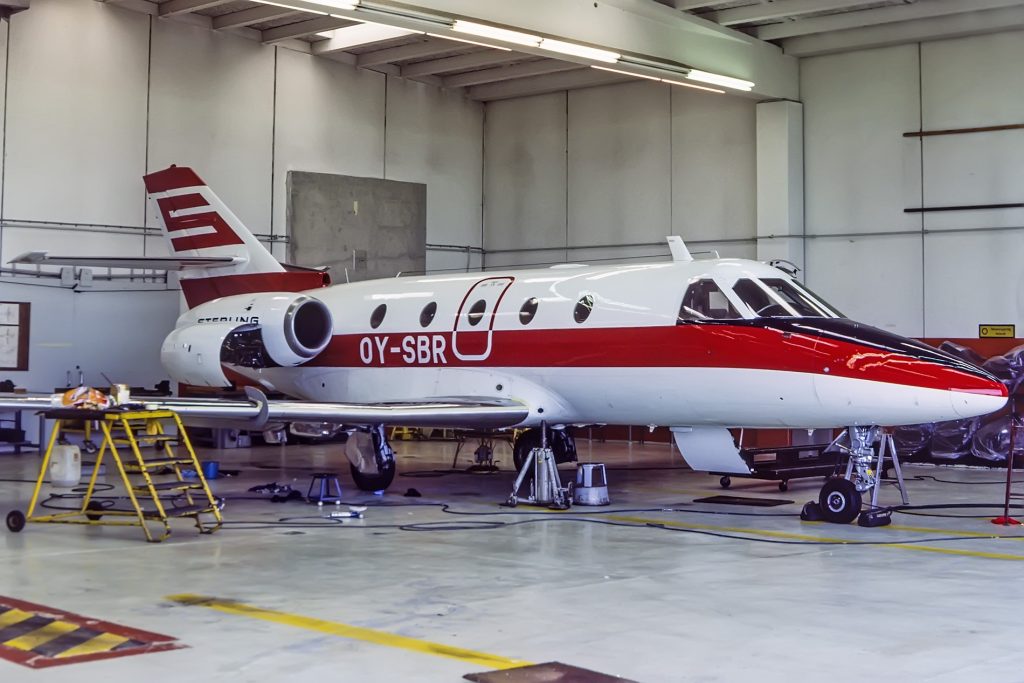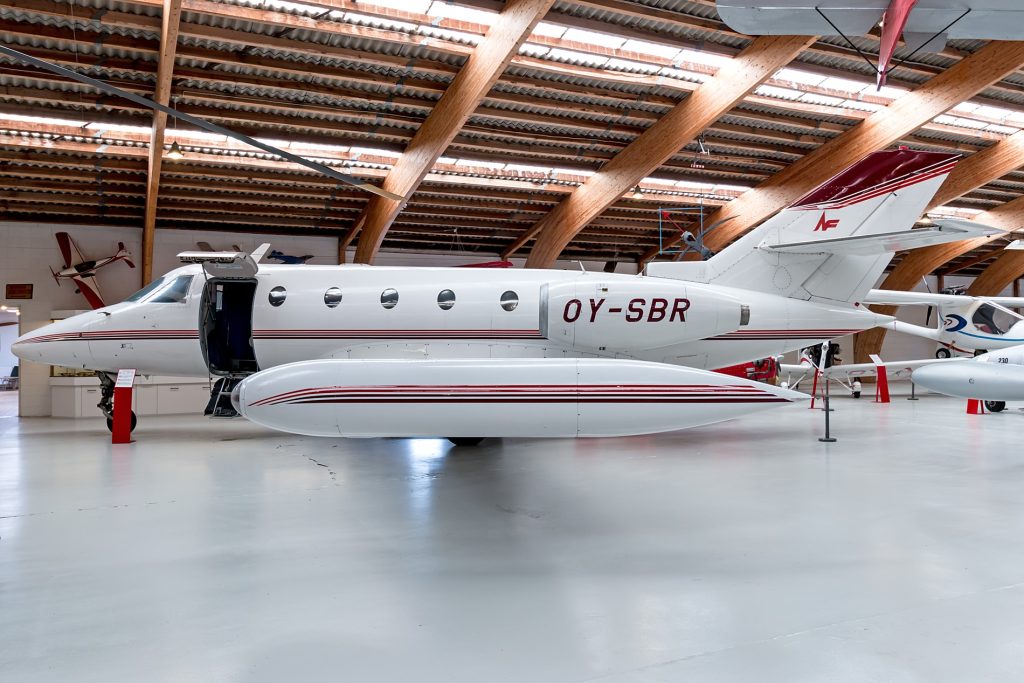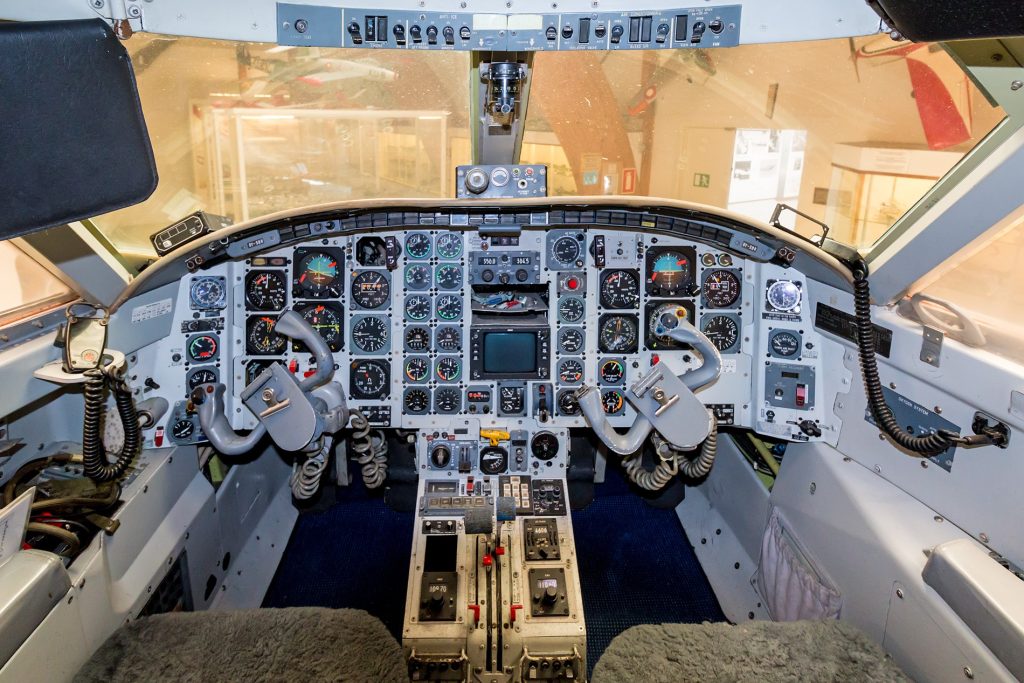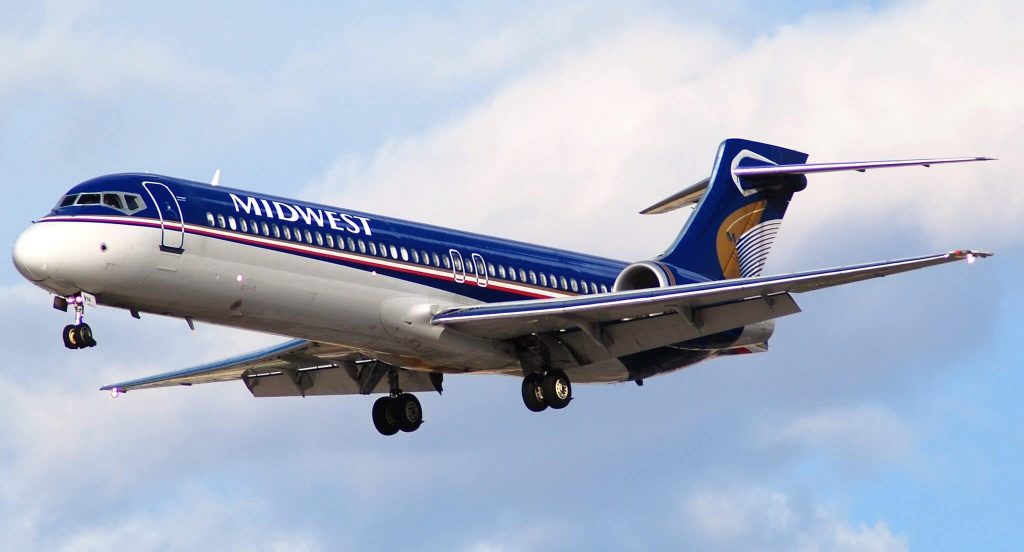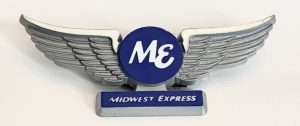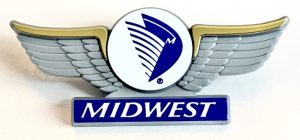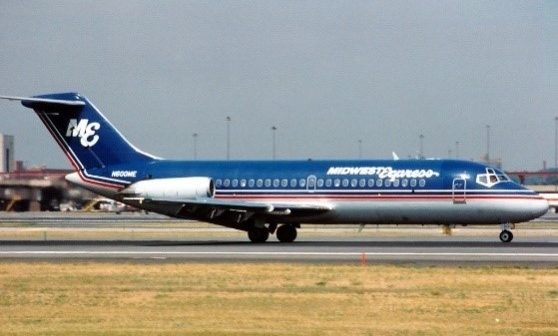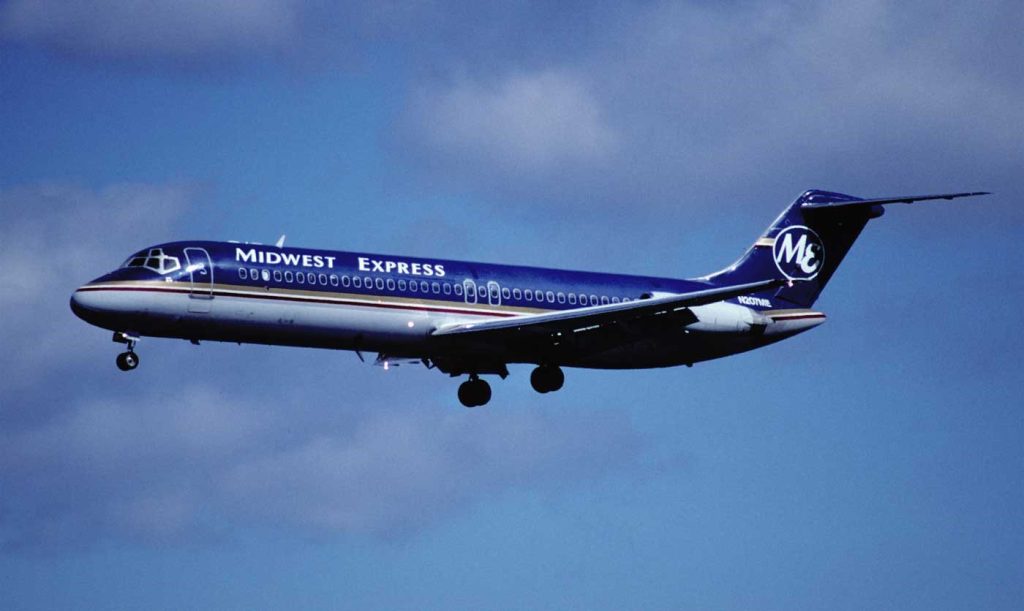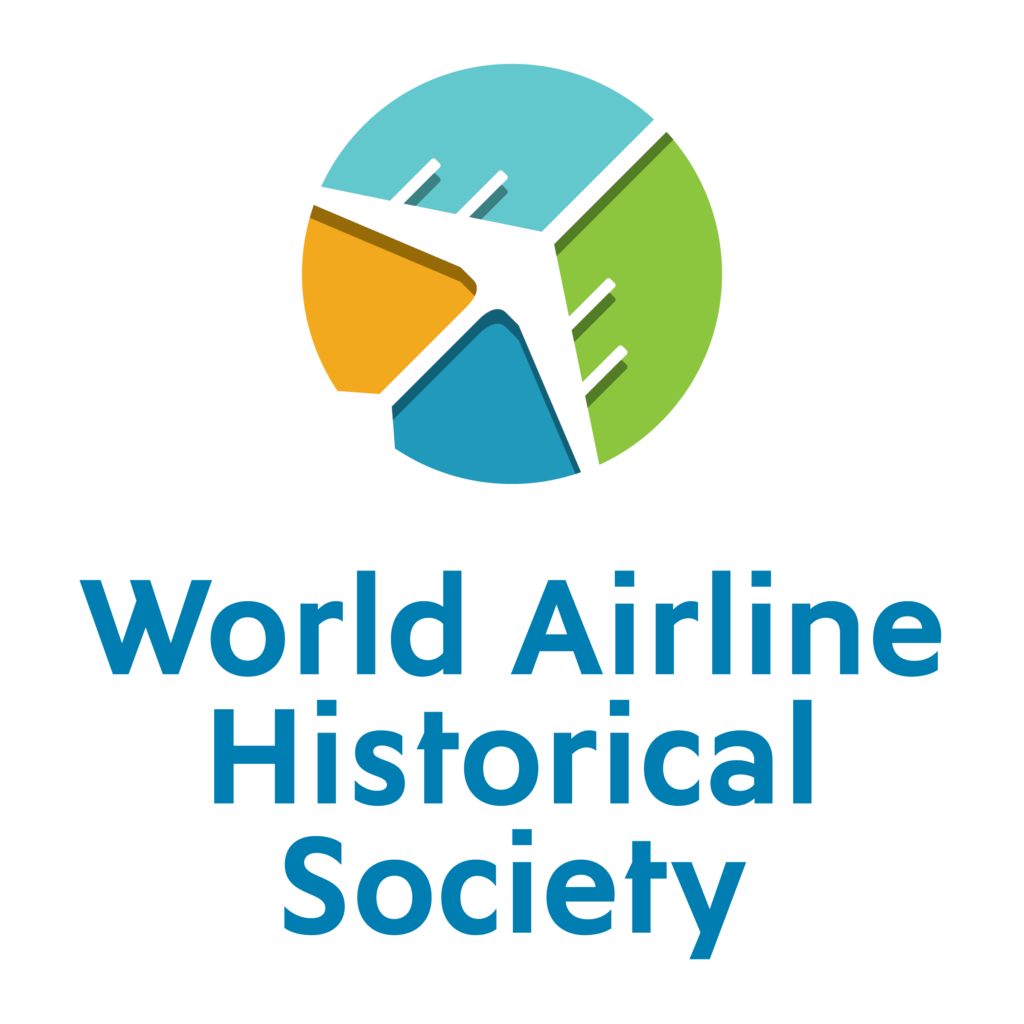By Robert G. Waldvogel
As one of the first generation of regional jets that flew some two decades before those produced by Canadair, Embraer, and Dornier in the 1990s, the Aerospatiale SN.601 Corvette straddled the line between the business and regional markets and was consequently the smallest to have served commercially.
Its seed was planted when the French government, continuing its strategy of re-establishing the country’s post-war aviation industry began with piston airliners such as the Breguet Deux Ponts, the Sud-Est Armagnac, and the Sud-Ouest Bretagne requested that aircraft manufacturers submit proposals for a compact twin-turbofan liaison/trainer. Then-separate Sud-Aviation and Nord-Aviation elected to jointly develop an executive jet designated the SN.600 Diplomate in January of 1968 when French indigenous SNECMA designed a suitable power plant for it, the M49 Larzac.
Displayed for the first time in model form at that year’s Hanover Air Show, it featured what became the standard business jet configuration—a low wing, a narrow fuselage, a forward, left door, swept aerodynamic surfaces, and two aft-mounted turbofans. It most closely resembled the Cessna Citation 500. It also had very early and very small-capacity regional jet application.
Predicted sales, which later proved unrealistically inflated, were expected to number some 400 from worldwide operators over and above the initial 60 expected from the French military.
Reflecting its joint Sud- and Nord-Aviation company origins, the aircraft, with its “SN” designation, first took to the sky in prototype form on July 16, 1970, but the lengthy development of its intended M49 powerplant necessitated the use of two 2,200 thrust-pound Pratt and Whitney Canada JT15D-1s instead. While its maiden flight was successful, its test program did not continue in this vein. During stall trials eight months later, on March 22, 1971, it crashed, ending in its demise.
A protracted period of redesign, before which Sud- and Nord-Aviation merged to form Aerospatiale, resulted in a 5.5-foot longer fuselage, giving the now re-designated SN.601 Corvette 100 a 45.4-foot overall length; a 42-foot wingspan, to which tip fuel tanks could be optionally installed to increase range; two 2,300 thrust-pound JT15D-4 turbofans; and a 13,450-pound gross weight. Range, with its maximum payload, was just over 1,000 miles.
So-configured, the second and third prototypes respectively flew on December 20, 1972 and March 7, 1973. The first production example followed suit eight months later, on November 9, 1973, and French certification was received another six months after that, on May 28, 1974.
The type’s problem-plagued program was hardly helped by competition, particularly on its executive side. The similarly-configured, French-designed Falcon 20, distributed through Pan American Falcon Jets, enjoyed a brand name recognition advantage and was able to penetrate the coveted US market.
Attempts to conclude similar agreements were unsuccessful, specifically with Ling-Temco-Vought (LTV), Piper Aircraft, and its own Atlanta-based US Corvette Incorporated North American aircraft completion, sales, and distribution center. Although its final one, with Oklahoma-based Air Center, Inc., seemed more promising, it never received a single production-standard aircraft out of the intended seventy.
As the third most expensive business jet after the Cessna Citation 500 and the Learjet 24, it was subjected to cost overruns and the French government gave serious thought to canceling the program.
After receiving only 24 orders, Aerospatiale did just that. A report produced by the government’s Court of Audit stated that the company’s management lacked an adequate understanding of the risks involved in the face of competition from comparable US, British, and other French designs, saying, “It is certain that the Corvette program is, and will remain, a major commercial and financial disaster.”
In its regional jet role, it found limited application by third-level carriers seeking to offer point-to-point, hub-bypassing service on routes too thin to support larger aircraft.
Air Alpes, for example, which took delivery of two Corvette 100s in 1974 and another two in 1975, operated routes on its own behalf from Paris and those, such as Lyons-Brussels, on Air France’s, its aircraft appearing in its livery on one side and its own on its other. Accommodating a dozen passengers, they featured two rows of single seats next to the five oval windows on either side, divided by a central aisle. The cockpit count was two, but there were no flight attendants in the cabin.
Other operators included Air Alsace, Air Champagne, and TAT Touraine Air Transport in France, and Sterling Airways in Denmark. Airbus Industrie used five aircraft as corporate shuttles between 1981 and 2009.
Although an 18-passenger, Corvette 200, with a 6.7-foot fuselage stretch, was proposed, it never proceeded beyond the concept stage, since its original 100 series ceased production in 1977 after 40 aircraft had been built, ending France’s second-worst commercial airliner program after that of the 150-passenger Dassault-Breguet Mercure 100, whose production run was only 12, including two prototypes.
Plagued by prototype accident; along, corrective development period; a change in power plant type; costly operation; failure to establish a North American distribution venue; strong competition; management ignorance; and capacity that proved inadequate, the Aerospatiale SN.601 Corvette nevertheless served as an example of one of the three regional jet origins: an all-new design, the conversion of an existing turboprop one, or the use of a business jet platform.
Air France/Air Alsace SN 601-100, F-BVPF seen at Basel-Mulhouse (BSL) in April 1976.
Note the lack of wingtip tanks.
Photo Courtesy: Eduard Marmet
TAT – Touraine Air Transport
Aerospatiale SN-601 Corvette 100, F-BTTT seen on May 31, 1978, at Basel-Mulhouse (BSL).
Once again note the lack of wingtip tanks.
Photo Courtesy: Eduard Marmet
Aero Vision SN 601 Corvette, F-GPLA seen at Hamburg, Germany on October 10, 2007.
Photo Courtesy: Christian Muller
Uni Air SN 601 Corvette, F-PVPG seen at Faro, Portugal on November 30, 1987.
Photo Courtesy: Pedro Aragao
Sterling Airways Aerospatiale Sn-610 Corvette, OY-SBT seen at Copenhagen, Denmark on September 22, 1984.
Photo Courtesy: Dirk Grothe | Aviation Photography
Sterling Airways Aerospatiale Sn-610 Corvette, OY-SBR seen at Copenhagen, Denmark on September 22, 1984.
Photo Courtesy: Dirk Grothe | Aviation Photography
Former Sterling Airways Aerospatiale SN-610 Corvette, OY-SBR seen at The Fly Museum in Stauning, Denmark on August 27, 2018.
Photo Courtesy: Dirk Grothe | Aviation Photography
Flight deck of former Sterling Airways Aerospatiale SN-610 Corvette, OY-SBR seen at The Fly Museum in Stauning, Denmark on August 27, 2018.
Photo Courtesy: Dirk Grothe | Aviation Photography
